Melbourne Office Investment – Buy Long Term
A Melbourne Perspective: assess the supply cycle carefully and look for asset regeneration opportunities in 2018.
Recently, we’ve all read mixed commentary from various experts generalising about the cycle of investment grade property markets in Australia. The consensus seems to follow a buy-side theme promoted with sound arguments such as yield spread above long-term bonds, forecast rental growth, weight of capital, population growth, and so on.
Over the last 3-6 months, I’ve taken on board the acquisition preferences of investors and fund managers. “We’re still looking to buy prime office property in Melbourne. We know cap rates are tight but we see further compression because rents will rise and it will ultimately justify our decision”.
For over a quarter of a century, Melbourne has trailed Sydney with respect to prime grade office rents, often by up to 50%. Yes, Melbourne remains relatively cheap. Why? There has been an abundance of developable land in, and on the edge of, the Central Business District.
Whenever effective rents reach feasibility levels, more office buildings have been developed. This leads to additional supply which, depending on economic conditions, takes time to absorb.
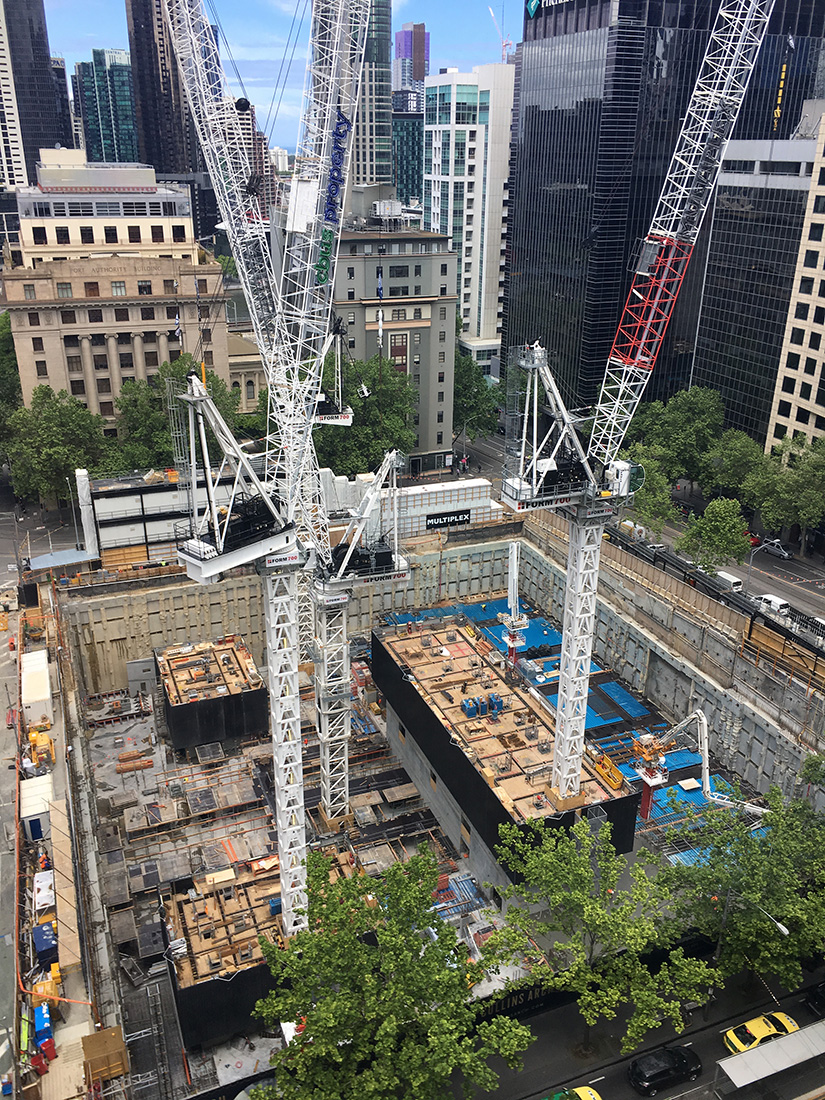
Ignoring the glut of new office towers completed between 1990 – 1992 (can we really ignore it? …it took nearly a decade to trade through the extra supply), new supply has been more progressive over the last decade, developed on solid fundamentals, and strong pre-commitments. Docklands’ evolution is testament to that; lead by developers Lend Lease, Grocon, Equiset, and Walker Corporation.
However. Melbourne is about to experience a surge of new office towers.
Eleven projects are under construction with completion dates between early 2019 to late 2020. At this stage, approximately 185,000sqm remains uncommitted.
The tenants that are relocating to these new towers will vacate Prime Grade properties, probably freeing up more than 180,000sqm of high quality space after asset refurbishments and regeneration programmes. This means Melbourne will have enough supply to sustain even the most historically strong absorption rates until at least 2022. The long-term average absorption is ~50,000sqm.
Now, back to the presumption of rental growth underpinning an aggressive acquisition cap rates. If effective rentals flat line, or even fall during 2019-2023, what effect will it have on your IRR?
Let me slightly balance this line of thinking. During 2018, landlords will seek to maximise rentals, primarily due to the current low vacancy rate, thereby setting new benchmarks. Most of the new developments have net face rents well into the $600’s per square metre. Existing towers are also capturing this upside, and rental growth will continue well into 2018.
Melbourne’s Prime Grade vacancy is currently circa 6.1%, which means more than 180,000sqm remains physically available. Enough to provide small to mid-size tenants with plenty of options, which forces landlords to compete, mainly through the application of incentives.
Larger corporations and government agencies (exceeding 5,000sqm) will find it more difficult to find contiguous accommodation in the short term.
Tenants seeking new space in 2018 should commit early. Vacancy will fall to ~4% by the end of the year. Structurally, this is a fully committed market.
Following the supply cycle, we should expect Melbourne Prime Grade vacancy to gradually increase to around 8%. A sustained period of tightening will occur beyond that as quality development sites become scarce.
Tactically, investors in for the long haul should manage lease expiry risk early, and seek to renegotiate leases to avoid renewals in the supply window.
Despite this hiatus, Melbourne will provide significant effective rental growth beyond this supply cycle.
For existing assets, implementing regeneration strategies will undoubtedly improve the leasing profile and income potential, and better position individual buildings for long term out-performance. The best current examples in Melbourne include Rialto, and Pembroke’s 161 Collins Street.
Alternatively, if a divestment programme is on your agenda in the short term – I’d recommend getting your asset on the market as soon as possible.
Acquisitions, and comprehensive investment in asset regeneration, will reward investors with sound long term returns; but appreciate the Melbourne nuances of location, address, accessibility, services, and architecture in order to maximise any investment.
Integrated asset regeneration is building and location specific. It includes physical improvement, together with commercial, social and digital place-making initiatives.
Think long term, and benefit from great strategic planning.
Inside the Rialto Regeneration Project #4
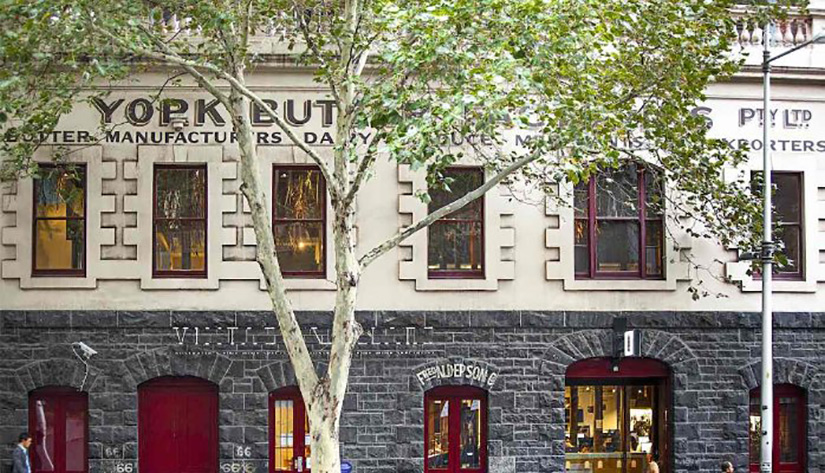
Making History
As we complete the demolition phase at Rialto, it is timely to look at the past in order to reveal how Woods Bagot has managed poignant design references to the wonderful adjacent heritage buildings.
Our original brief to Woods Bagot incorporated three key principles:
- Amplify the presence of Rialto at Collins Street, and ensure a sense of arrival at street level with clear aspect to the iconic reflective glass façade of the towers.
- Ensure obvious line of sight from Collins Street to the primary entries of the corporate lobby.
- Display strong regard to the adjoining heritage buildings.
With heritage in mind, we were thereafter limited in the scale and massing of any new podium development. This also restricted the project feasibility as net lettable space was to be obviously constrained.
The significant adjacent heritage considerations encompassing the precinct are:
- The Winfield Building and the (former) Rialto Building on Collins Street, both constructed in 1891. The Winfield Building was orginally developed for brewer JR Murphy, and later became the Wool Exchange, being Melbourne’s first amalgamated wool exchange and auction premises. The Rialto Building, designed by prominent architect William Pitt in a Venentian Gothic Palazzo style, housed offices of wool brokers and stores, and was also the first home of the MMBW. The facades of both buildings were completely restored by Grollo as part of the Rialto Towers development in 1984. Today, the two buildings complement each other in terms of massing and richly detailed facades – being the dominant Collins Street frontage for the Intercontinental Hotel.

- The orginal building on the corner of Collins and King Streets was known as the Robb’s Building. It was demolished in the early 1980’s. The adjoining building fronting King Street became known as Robb’s Annex despite a complete lack of architectural connection between the two buildings. Robb’s Annex was originally built in 1898 as a three storey stone warehouse. While the heritage listed Winfield and Rialto Buildings on Collins Street, and the York Butter Factory on King Street, remained relatively in tact, Robb’s Annex was subjected to many alterations over the following century. Interestingly, it was not included in the registers of the National Trust, nor included in the Heritage Overlay to the City of Melbourne Planning Scheme.

- York Butter Factory, on King Street, was originally constructed in the 1850’s as two separate bluestone buildings. The buildings were jointly converted into a butter factory in 1902, and later restored as part of the Rialto Towers development in 1986. YBF, as it’s fondly referred, more recently housed Hare & Grace eatery on the top floor, and continues to house York Butter Factory – a co-working space for Melbourne’s technology entrepreneurs. It will soon undergo further restoration as part of the Rialto Regeneration project. The rear of the building will be directly connected to the new Rialto Plaza.
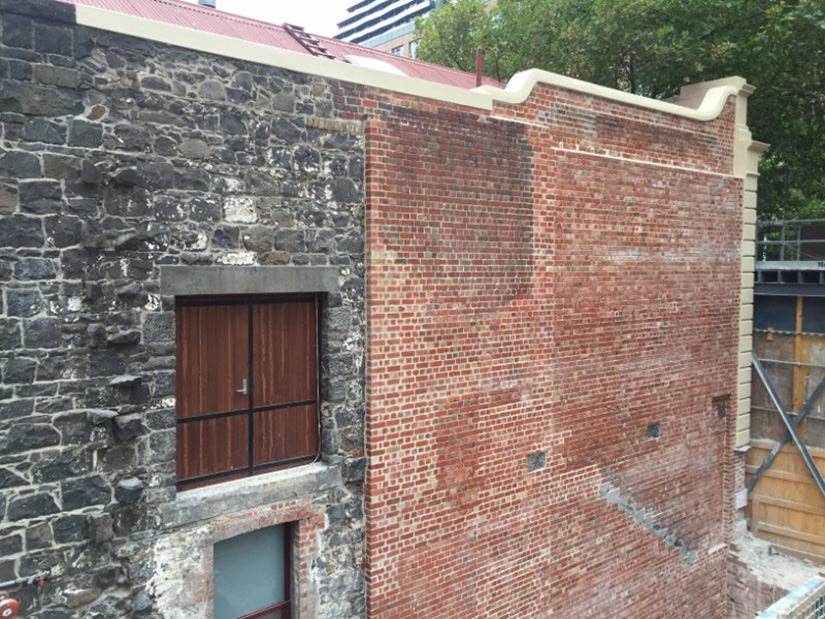
Restoration works to the brickwork and parapet of YBF near completion.
The new podium buildings at Rialto, will incorporate a contemporary interpretation of the adjoining heritage facades. In addition to the height and massing being in keeping with the heritage streetscape, one will note the clever alignment of horizontal and vertical sections, together with patternation created by a small saw-tooth in the façade. This is further amplified by alternating clear glazing and glazed mesh panels which offer a hint of the blue hues seen reflecting off the tower façade.

Meanwhile …. the site is almost ready for the new structure!
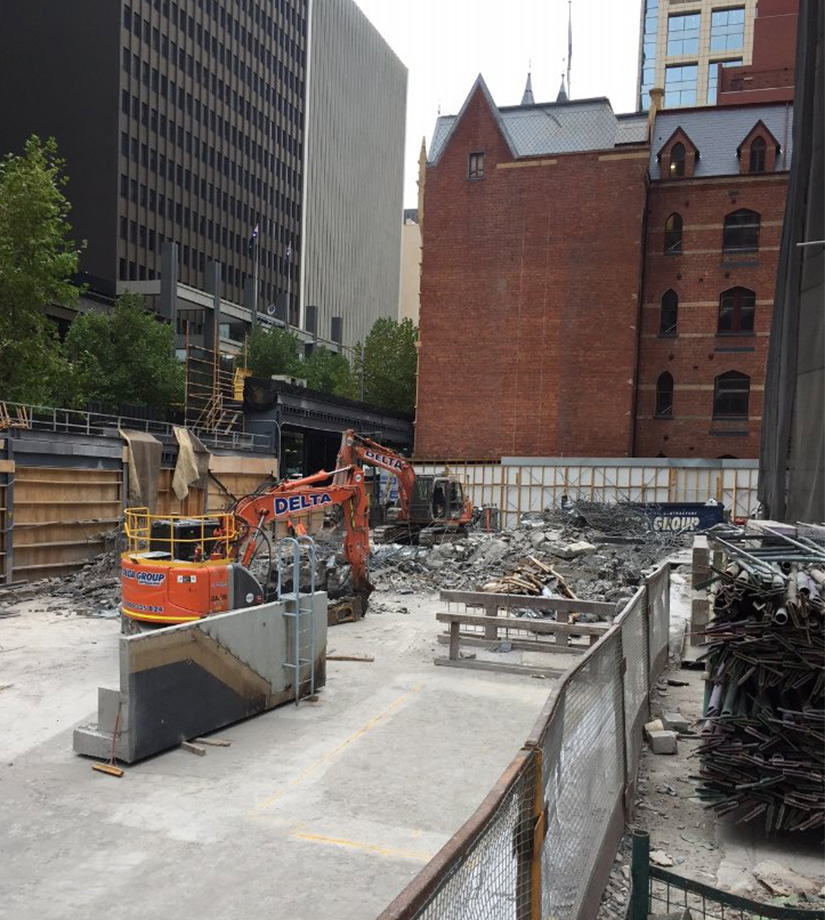
Inside the Rialto Regeneration Project #3

How do you remove ~70 tonne plaza columns?
One would expect to see a jackhammer chipping the concrete back to a steel crucifix centered inside the column. Then I heard about a diamond wire saw being used by Delta to slice each column into 7 clean sections each weighing about 9.6 tonnes, before craning them out. This, I had to see.
Expecting to see an elaborate, modern bit of machinery clipped to the column like an inverse jump form system, I was surprised to see this….
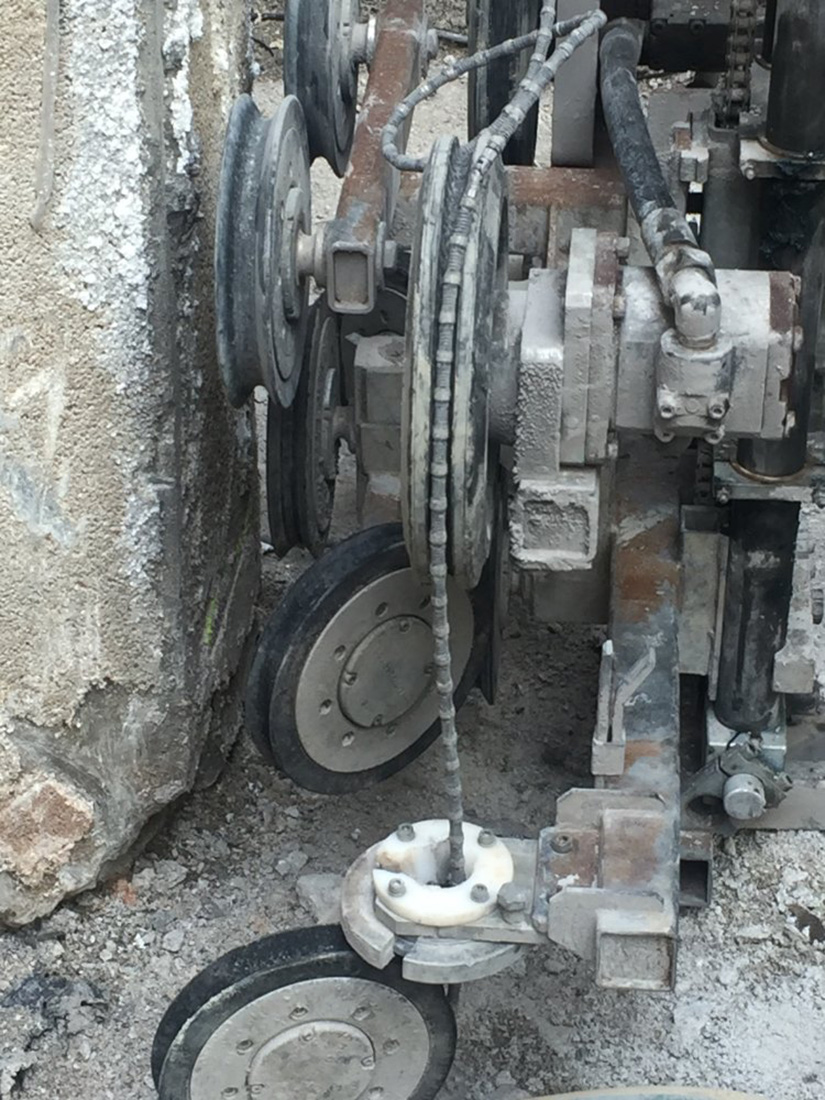
A simple, yet exceptionally efficient method which is significantly less disruptive to our office tenants. The wire saw, typically used in granite and marble quarries, is about 7mm thick and takes around 1.5 to 2 hours to slice through each section of a Rialto plaza column.
Meanwhile ….. demolition works continue across the rest of the plaza and low rise floors. Delta’s recycling programme is tremendous. Bricks, concrete, steel, copper, glass and plaster is all separated on site.
In the next edition, I’ll discuss the removal of Robbs Annex and the associated heritage building issues confronted during the planning and design phase.
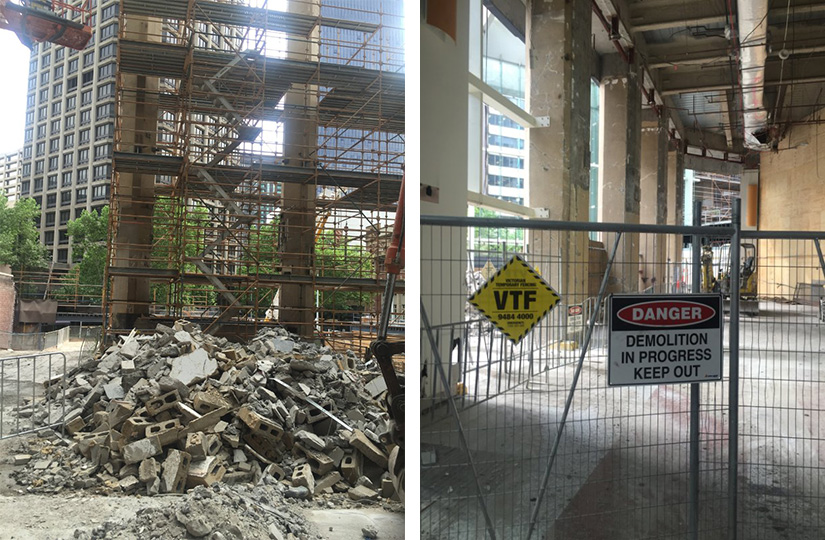
Inside the Rialto Regeneration Project #2

Health & Wellness
The Rialto Regeneration Project is more than the redevelopment. It’s about the precinct, and people.
We began with the Intercontinental Hotel (more on that soon), then introduced a carefully selected group of restaurateurs and cafe operators within Rialto, and simultaneously spent over $30 million replacing major plant & equipment. One of the most desirable outcomes of new mechanical services is the delivery of 5 star indoor air quality.
Our Health & Wellness strategy will ensure Rialto delivers an environment that enhances wellbeing, reduces sick days, and increases workplace productivity. While the office market jumps on the End-of-Trip facility bandwagon, we went the next step by integrating a health services floor with direct lift access to the secured bike store, and the brand new change rooms equipped with showers, lockers, ironing facilities, and drying rooms. The complimentary towel service is tied to our in-house dry cleaner, which is in turn accessible via the atRialto.com portal. Convenient.
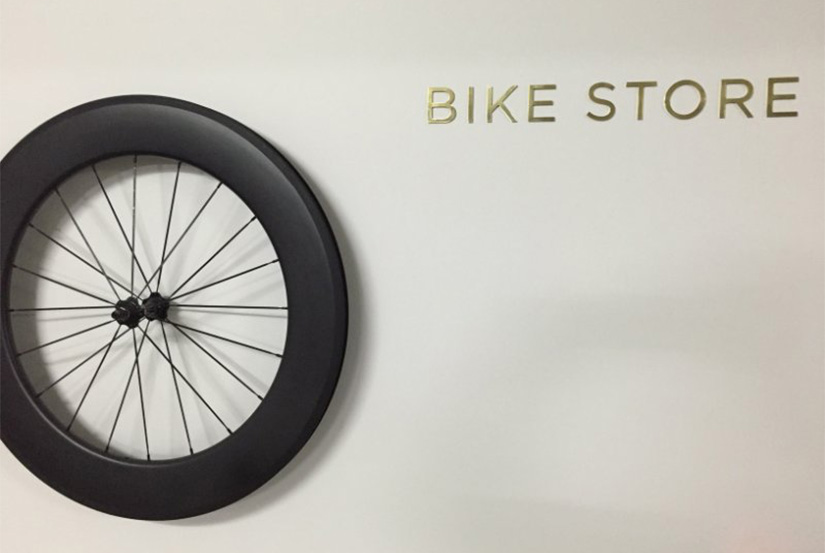
Aptly named, Productive Health & Wellness at Rialto operates personalised and corporate programmes, together with nutritional guidance. The gym caters for strength and conditioning, functional strength training, cardio, circuit classes, boxing, and yoga.
Alongside Productive, is Optimum Muscular Health (myotherapy), Melbourne City Pilates, Back-in-Health Osteopathy, and Chinese Medicine. Best of all, the team is made up of highly qualified, great people. Complimenting these providers is Botanica Day Spa, occupying space within the adjacent heritage Intercontinental building. Post redevelopment, we would like to add practitioners in dietetics, naturopathy, psychology, and potentially medicine.
The next step in the Health & Wellness strategy is to provide nutritional food alternatives as part of the redeveloped retail space at ground level. We are currently working with some highly regarded food operators, and interiors consultant, Mim Design, to deliver a fascinating place to be.
Having grown up around psychologists, I’m intrigued by the potential for workplaces to change and enhance the way people come together to communicate for the betterment of business, and most importantly, their own wellbeing. Stress, spiked cortisol levels, and a sedentary lifestyle, perpetuates poor physical and mental health. Employers can facilitate cultural change, and enable significantly increased flexibility through great real estate decisions. Leading interior architects are awake to the importance of these drivers, but building selection is where it starts. In Melbourne, Rialto is leading the way.
Inside the Rialto Regeneration Project #1
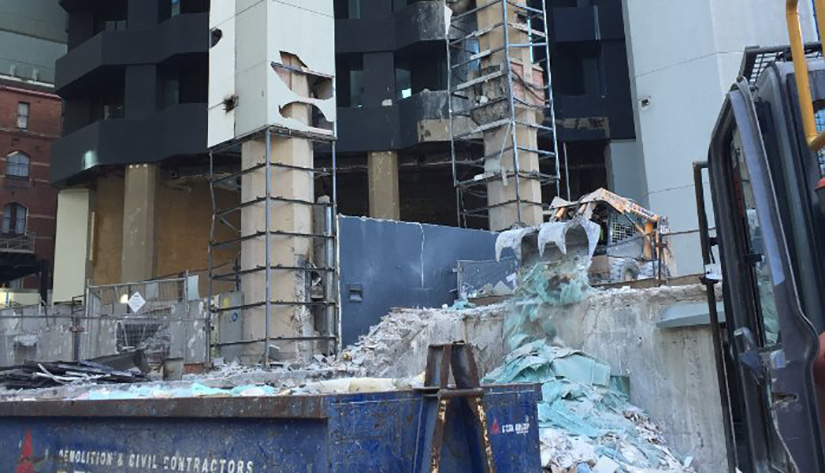
Melbourne is abuzz with the maturation of Midtown – Collins Street. At the centre of it all is the Rialto Regeneration Project. The $100 million redevelopment to the Rialto plaza is part of a wide ranging asset re-positioning strategy crafted by Equiset for the Rialto Joint Venture.
Over the coming months, I’ll take you inside the project, behind the construction hoardings, and provide some insights into this complex project.
Challenge #1: Demolition. Severing steel trusses each weighing around 30 tonnes and lowering them safely to the ground before cutting them into small sections. The old plaza structure is on its way to recycling bins – steel, concrete, glass, and bricks.
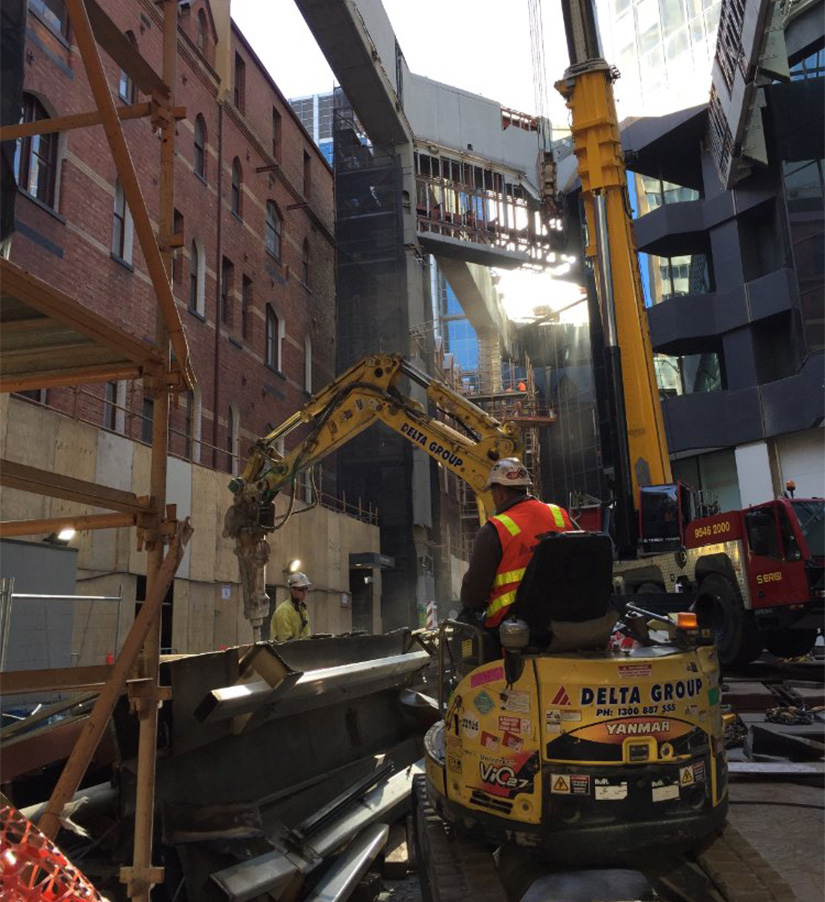
From Collins Street, we will soon see the Venetian inspired heritage facade of the Intercontinental Hotel is being properly revealed along its full elevation. A tremendous attribute for the new plaza, it will be the backdrop to increased activation, and food retailing upon completion.
Head contractor, Built, together with demolition expert, Delta, are managing to keep the works progressing while the RJV keeps over 50 office tenants and Vue de Monde operating in the 86,000 sqm office tower. Occupiers are kept up to date with regular communications and a “look-ahead” programme. Every individual person is able to check in, and provide observations and feedback via the atRialto portal.
Watch this space for more Inside the Rialto Regeneration Project …

Rialto Regeneration Update
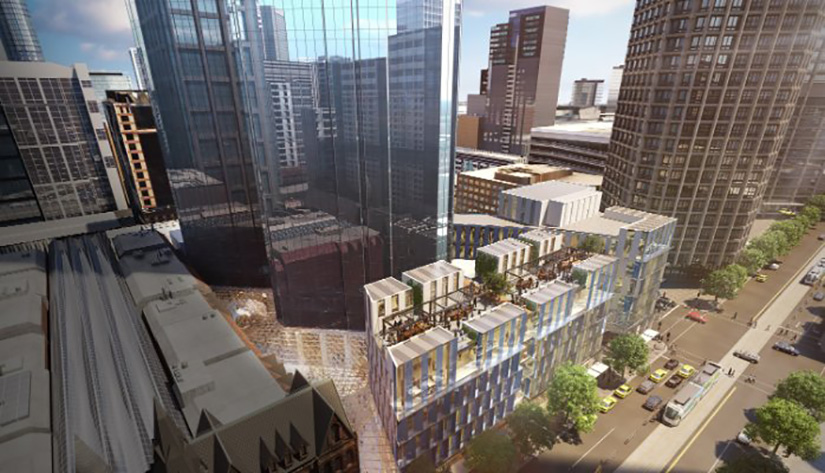
The Rialto Joint Venture today announces the commencement of a $100 million redevelopment at Rialto, crowning the most significant regeneration of any landmark office tower in Australia.
Following the redevelopment of the adjacent heritage buildings for the Intercontinental Hotel , the Rialto Joint Venture then embarked upon comprehensive capital upgrades to plant and equipment, sustainability, and established restaurants such as Vue de Monde, and Merchant Osteria.
With today’s announcement, the 3,900 square metre leasing commitment by Bank of Melbourne is also confirmed. Bank of Melbourne will capture the essence of this Midtown Collins Street location, and leverage from the most identifiable office building in Melbourne.
Equiset Grollo Group has crafted the entire project on behalf of owners St Martins Victoria Pty and Grollo Australia Pty Ltd. While some years in the making, Rialto is now set to again be the dominant icon in Melbourne’s office market.
The re-development will be completed in November 2016.

Workplace Psychology & Office Selection
Most senior executives have completed a psychometric test at some stage in their career, but few would ever know the result or how the analysis was effectively used by the employer.
According to Australian Psychological Society (APS), Psychological Testing, when undertaken properly by an experienced and qualified psychologist, will address two key areas of assessment:
With such information traditionally tucked inside a confidential personnel file, few companies have harnessed the probability of establishing a harmonious and highly productive workforce.
The world of office-based employment, and the decision as to where people work, is changing.
Personnel selection processes are predicted to become much more sophisticated in the pursuit of balanced, diverse, and ultra-productive workforces.
Individual psych assessment will become more mainstream, used in conjunction with an individual’s qualifications, reference checks, and interviews. The next step, however, is a greater challenge for workplace psychologists and HR professionals: how to combine the strengths and weaknesses of each person into a cohesive, balanced, team, preferably operating within a single building or space.
Successful companies pivot on great ‘culture’. Naturally, the employment selection process will identify people that are a great fit for the organisation, but the challenge will be a constant cause for re-assessment with respect to where people best work.
So, armed with more accurate information on each individual, how do you select a building, and an interior design, that fuels a healthy mindset across a diverse workforce, that will endure over several years?
Clearly, flexible and adaptive designs have emerged. Activity based workplaces, wellbeing, quiet work areas, collaborative spaces, recreational, and chill-out zones, amongst other initiatives, have entered the vernacular of anyone involved in office leasing.
This is increasingly supported by pro-active building owners offering tremendous additional amenity; end-of-trip services, secured bike stores, and digital portals. Older buildings are being regenerated in the realisation that asset values will eventually fall if continual physical improvement stagnates.
Leasehold flexibility is definitely helping businesses, large and small, to address this transitional period.
In Australia, institutional office portfolio owners such as Dexus and GPT have introduced co-working spaces to accommodate the shift towards flexibility.
Dexus Place and Space & Co are respectively offering office accommodation to fit individual lifestyles, albeit within traditional office towers. Rialto Towers, in Melbourne, will soon offer IWG’s Spaces, a purpose designed co-working community geared towards professionals. HUB Australia is another operator offering a diversity of buildings and interior styles; a strong expansion strategy is similarly underway.
According to Knight Frank, 66,555 square metres of co-working space has opened around Australia in the last 12 months. Globally, the trend is racing ahead, led by WeWork which offers 212 locations across 20 countries. It plans to double the size in 2018 and conjoin further services like WeGrow, a for-profit early learning school.
The significant change that is ostensibly driving the take-up of co-working space is that larger corporations are now adopting substantial accommodation within these facilities.
Initially driven by the need to transition teams while long term offices are refurbished, in many cases the teams don’t want to leave. Now these larger corporations are using the co-working space to manage and retain people as they realise the demand for lifestyle and flexibility is here to stay.
With increasingly compelling anecdotal evidence, surely companies must now invest in comprehensive psych testing in order to bring corporate-wide culture back under one roof, rather than enable a raft of disparate silo’s to emerge?
This information, even at a superficial level, begins to inform a brief to be used in the search for an optimal workplace.
But imagine if a scientific, statistical, based narrative could better inform or validate the brief? Can productivity be increased, and can we improve the likelihood of employee retention by achieving the key measures for happiness beyond the amount of remuneration? An employer’s dream run.
Office premises are usually the second highest operating expense for companies behind remuneration. Needless to say, greater attention must be applied to both facets – people and space.
Fluidity is the key to office selection and design, especially as we transition between the mindsets of Baby Boomers, to Gen X, and onwards to the Millennials. Psych testing will help validate and prioritise actual leasing needs.
Separately, owners of office towers can address many aspects in preparation for this ultimate workplace conundrum: